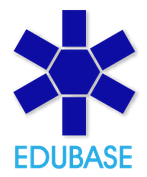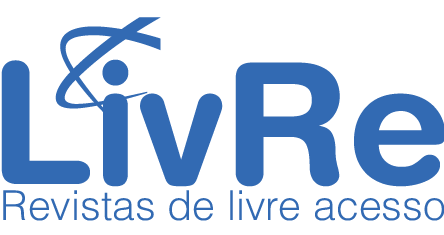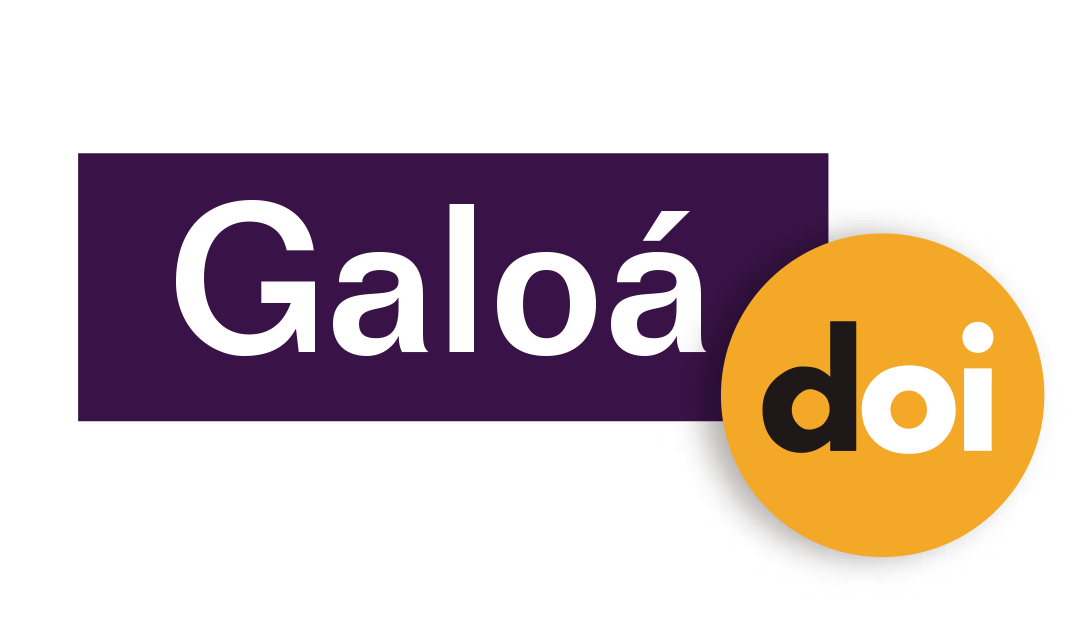Modelling Improper Integrals, a Case Study
Resumo
Background: University students show little clarity in applying content related to improper integrals due to a lack of meaning that does not allow them to connect them with the environment and everyday life problems. Objective: To recognise improper integrals as a mathematical tool with multiple applications inside and outside mathematics. Design: Qualitative action research. Setting and participants: University engineering students. Data collection and analysis: A proposal was designed and applied to articulate mathematical modelling by using software, where a sequence of ten selected situations involving this type of integrals was experimented and solved. Results: The importance of modelling as a didactic-dynamic resource is highlighted because it helps students to reach and understand real situations involving improper integrals in different contexts. Conclusions: Despite the numerous errors detected in the students, this strategy made it possible to demonstrate that they developed mathematical competencies, which was manifested in the progress of advanced mathematical thinking skills.
Palavras-chave
Integrales impropias, Modelización matemática
DOI: https://doi.org/10.17648/acta.scientiae.6741
Apontamentos
- Não há apontamentos.
Direitos autorais 2022 Enrique Mateus-Nieves, Wilfaver Hernández Montañez

Esta obra está licenciada sob uma licença Creative Commons Atribuição 4.0 Internacional.
ANÚNCIOS
Informamos que, a partir de outubro de 2025, devido ao grande número de artigos na fila de submissão, está suspenso o aceite de submissões. Rebriremos em fevereiro de 2026.
Mais, informamos que sites fraudulentos, https://periodicos-ulbrabr.org e https://periodicos-ulbrabra.org, estiveram se passando pela Acta Scientiae, utilizando nosso nome e identidade visual e até solicitado taxas de APC, que nós não cobramos. Aconselhamos cautela para evitar serem enganados por sites semelhantes.
Conceito A2 na Capes(2021)
Índice h5 do Google Scholar: 13
Índice mediana h5 do Google Scholar:24
eISSN: 2178-7727
Indexações:
A Acta Scientiae é indexada em: | Scopus |  | Latindex |  | Edubase (SBU/UNICAMP) |
 | Sumarios.org |  | Google Scholar |  | Portal LivRe (CNEM) |
 | Journals for Free |  | REDIB |  | Galoá DOI |

Todos os trabalhos publicados aqui estão sob uma licença Creative Commons - Atribuição 4.0 Internacional.
